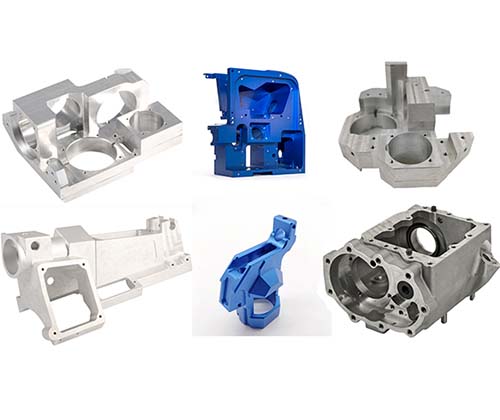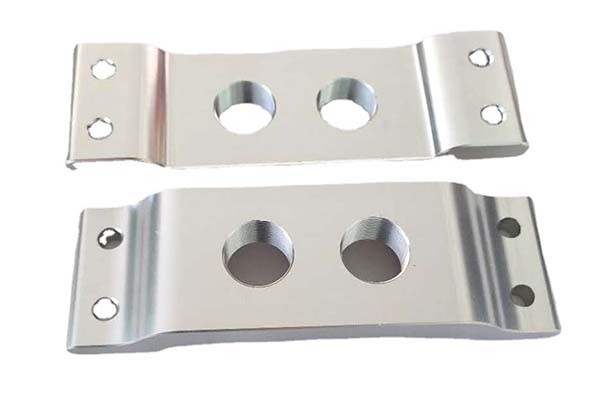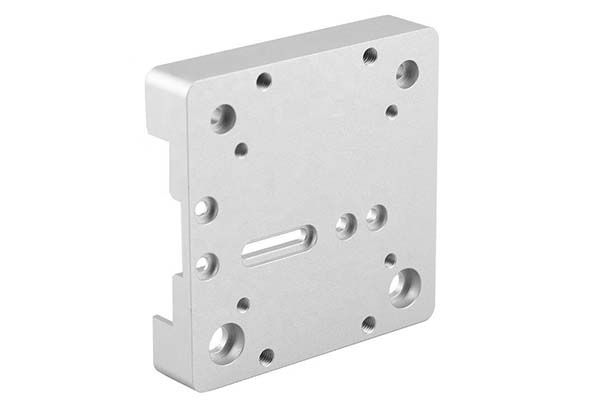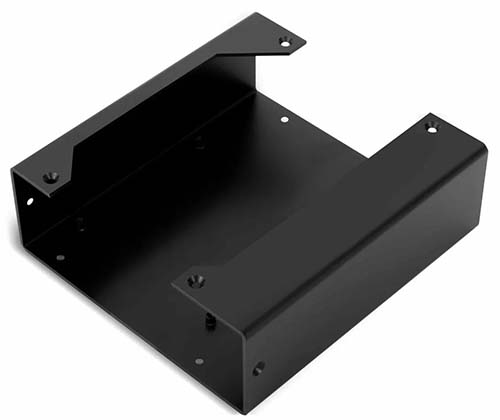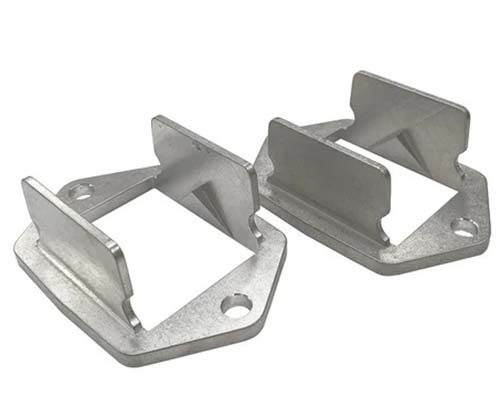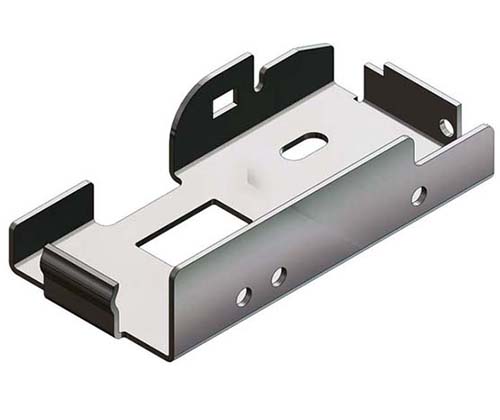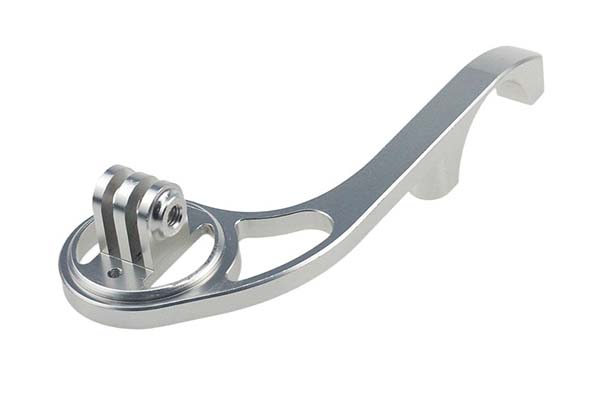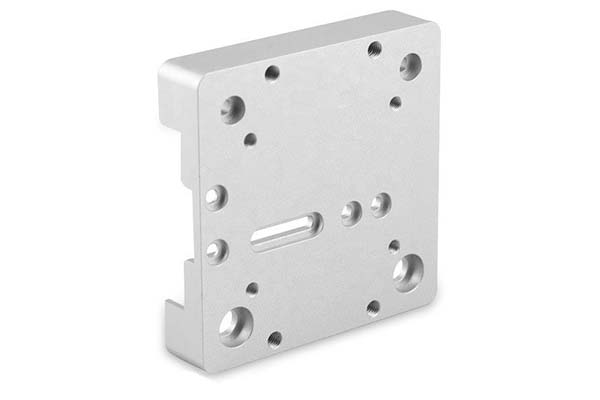Manufacturers in marine and offshore industries face a relentless enemy: saltwater. Components exposed to seawater demand materials that resist pitting, rust, and degradation while maintaining the strength to withstand harsh operational stresses. Many stainless steels fail here—even SUS304, a workhorse in mild environments, succumbs to chloride-induced corrosion in marine settings. This is where Metal Stamping SUS316 (Marine Grade) becomes indispensable. In this guide, we’ll address the unique challenges of stamping SUS316, from its unrivaled material properties to specialized techniques, ensuring your marine-grade components deliver long-term reliability.
Material Properties: Why SUS316 Excels in Saltwater
SUS316 is an austenitic stainless steel engineered to thrive in aggressive environments, thanks to its carefully balanced alloy composition:
- Chromium Content (16–18%): Forms a protective oxide layer that self-heals when damaged, the first line of defense against corrosion.
- Nickel Content (10–14%): Stabilizes the austenitic structure, enhancing ductility and ensuring the material remains non-magnetic even after cold working—critical for navigation and communication equipment.
- Molybdenum Addition (2–3%): The "secret weapon" against saltwater. Molybdenum creates a dense oxide film that resists pitting corrosion in chloride-rich environments, outperforming SUS304 by 5–10 times in salt spray tests.
- Mechanical Properties: Boasts a tensile strength of 580–750 MPa and yield strength of 205 MPa, combining high strength with impressive formability for complex stamping projects.
- Chemical Resistance: Withstands exposure to sulfuric acid, brines, and industrial chemicals, making it suitable for both marine and chemical processing applications.
These properties explain why SUS316 is the gold standard for parts requiring durability in seawater and other harsh settings.
Metal Stamping Process: Techniques for Marine-Grade Precision
Stamping SUS316 requires adjustments to leverage its properties while avoiding common pitfalls like work hardening or surface damage:
- Precision Stamping: Given its higher alloy content, SUS316 is slightly harder than SUS304, demanding tighter tolerances in tooling. Use CNC-machined dies with polished surfaces (Ra ≤ 0.8 μm) to ensure smooth material flow and prevent galling.
- Tooling Design: Opt for carbide tooling to resist wear from SUS316’s abrasiveness. Increase punch-die clearance to 12–15% of material thickness—this reduces friction and minimizes heat buildup, which can compromise the protective oxide layer.
- Press Machinery: Use heavy-duty hydraulic presses with variable speed controls. Slow ram speeds (10–15 strokes per minute) during deep drawing prevent excessive work hardening, preserving the material’s ductility.
- Forming Techniques:
- Bending: Account for springback (3–4 degrees, slightly more than SUS304) by over-bending. Use bottoming dies to ensure precise angles in critical structural components.
- Deep Drawing: Apply high-performance lubricants (chlorinated or synthetic oils) to reduce friction. For parts like underwater housings, limit draw ratios to 2.5:1 to avoid thinning and weakening.
- Surface Finish: Post-stamping treatments like electropolishing (Ra ≤ 0.05 μm) enhance corrosion resistance by removing micro-cracks and improving the uniformity of the oxide layer.
Marine Grade Applications: Where SUS316 Shines
SUS316’s unique properties make it the material of choice for:
- Shipbuilding: Hull fittings, propeller shafts, and valve components rely on its resistance to seawater and biofouling.
- Offshore Structures: Oil rig platforms, subsea pipelines, and wind turbine foundations use SUS316 for bolts, brackets, and structural supports exposed to constant salt spray.
- Underwater Equipment: Dive gear, sonar housings, and submersible components benefit from its seawater exposure tolerance and non-magnetic properties.
- Marine Hardware: Cleats, winches, and anchor components withstand repeated saltwater immersion without degradation.
In each application, SUS316’s ability to maintain corrosion resistance and structural integrity translates to longer service life and reduced maintenance costs.
SUS316 Specifications: Ensuring Compliance and Performance
Adhering to strict specifications is critical for marine-grade components:
- ASTM A240/A240M: Defines chemical composition and mechanical properties, ensuring consistent quality across batches.
- UNS S31600: The standard designation for SUS316, verifying its alloy makeup (16–18% Cr, 10–14% Ni, 2–3% Mo).
- Mechanical Testing: Tensile tests confirm strength, while bend tests validate ductility. For critical parts, perform intergranular corrosion testing per ASTM A262 Practice C to check for sensitization.
- Quality Control: Implement 100% visual inspections for surface defects, and use ultrasonic testing to detect internal flaws in thick components. Salt spray testing (ASTM B117) for 1,000+ hours ensures saltwater resistance.
Yigu Technology’s Perspective
As a custom manufacturing supplier in China, Yigu Technology specializes in Metal Stamping SUS316 (Marine Grade) for global marine and offshore clients. We optimize tooling and press parameters to preserve SUS316’s corrosion-resistant properties during stamping, from precision blanking to complex forming. Our quality control includes material certification, salt spray testing, and dimensional checks, ensuring parts meet ASTM standards and your exact requirements for reliability in the harshest marine environments.
FAQs
- How does SUS316 compare to SUS304 in marine applications?
SUS316 outperforms SUS304 in saltwater due to its molybdenum content, resisting pitting corrosion 5–10 times longer. It’s the clear choice for continuous seawater exposure.
- Can SUS316 be welded after stamping?
Yes, but use low-heat welding techniques and post-weld annealing to prevent chromium carbide precipitation, which reduces corrosion resistance. Use ER316 filler metal for compatibility.
- What surface finishes are best for SUS316 marine components?
Electropolished finishes (Ra ≤ 0.05 μm) offer the highest corrosion resistance by smoothing surface imperfections. Matte (2B) or brushed (No. 4) finishes work for less critical applications.
